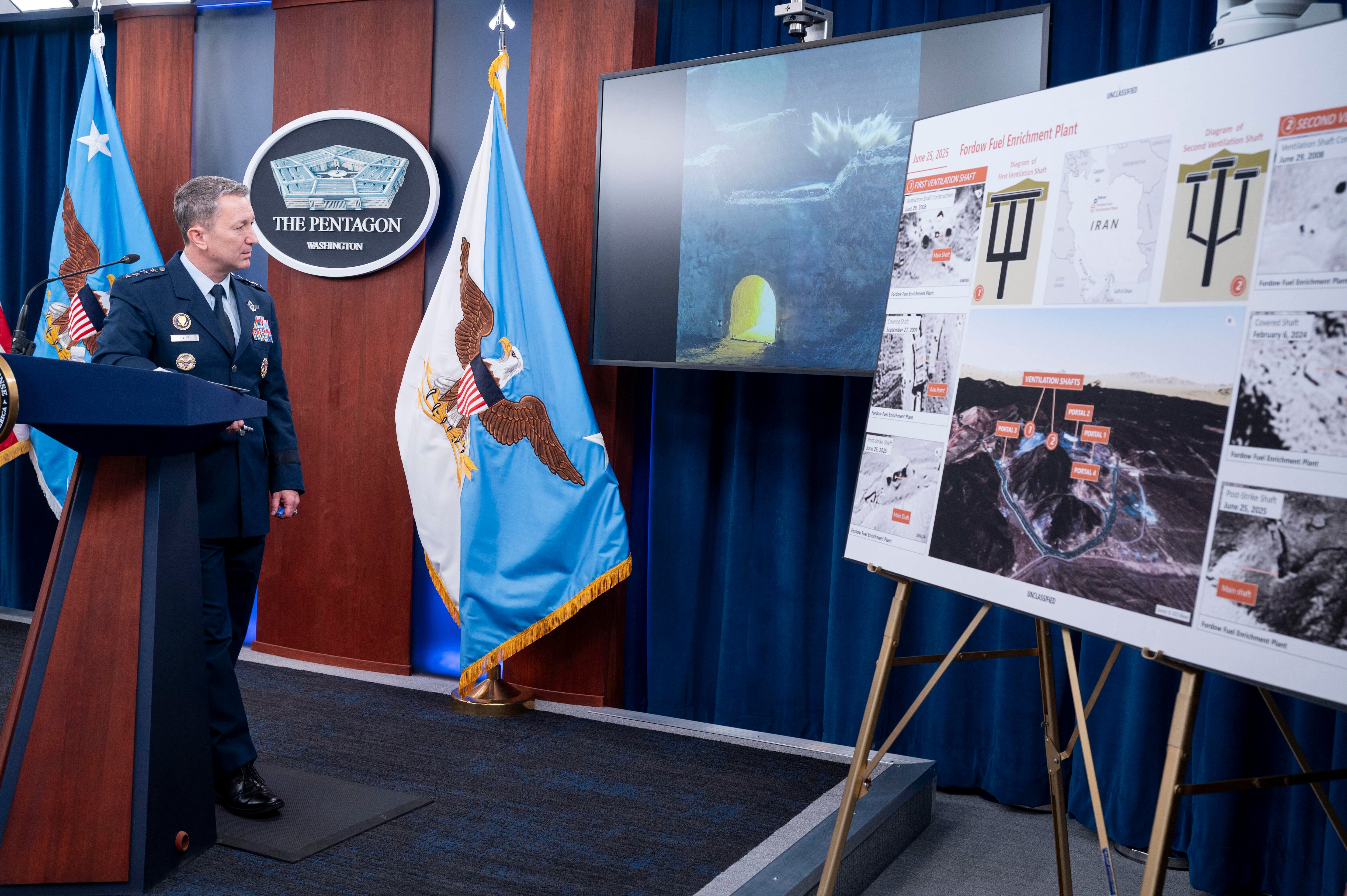To those on the outside looking in, making chief petty officer can seem like voodoo science.
Only 23 percent of the nearly 18,000 sailors competing for chief petty officer will get the word they've been selected for anchors.
The Navy's policy seals board records, including the details of deliberations, meaning that it's just not possible for any of the thousands who didn't get selected to find out why.
That's why many sailors turn to chiefs they know have sat the board. Others seek the counsel of their command master chief on what they can do to increase their chances to put on chief's anchors.
"Our board process, they do it right," said Command Master Chief (SW/AW) Bill Houlihan, a former destroyer command master chief and now the top enlisted sailor at Naval Station, Mayport, Florida. "We see it when we initiate first class petty officers and very rarely do we see a first class petty officer who is selected who isn't ready to be a chief."
Houlihan has his own ideas on what sailors should concentrate on to provide the best odds for ascending into the chiefs mess.
"I'm talking about this from a command master chief's perspective, I'm not putting words in the mouths of selection board members," he said. "These are the things that I look at when I evaluate and rank first class petty officers within the command."
What being a chief is really all about, he said, is leadership, as well as technical expertise.
"I view leadership of sailors to be the absolute number one when I am evaluating and ranking first class petty officers," he said, adding that it has "got to be the top priority.
"If I have a first class petty officer who is the leading petty officer in a division where his sailors are getting qualified and getting advanced, and where as a group, they are succeeding, I'm going to be hard pressed not to value that first class petty officer formally in how I rank them."
Accomplishing this and being able to quantify success in a yearly evaluation will both tell and show selection board members a sailor's value.
"I believe a first class petty officer who can show — and I mean show with facts, not just flowery words — that they can measure their own success through the success of their sailors," he said. "That is a huge item in their favor towards selection."
Houlihan also says that standout first class petty officers don't just lead subordinates, but also peers.
"If they can also lead fellow first classes and have impact, I think that is a major criteria, too," he said. "Those master chiefs who sit the board are looking at those things. They are looking at all the opportunities to lead that these first classes either leveraged or ignored."
One pitfall that Houlihan believes many first classes fall prey to is trying to do too many collateral duties on top of primary tasks.
"We expect them to train and lead sailors and to support — if not carry out — our mission," he said. "They need to make leadership in all they do their priority."
Many sailors take on extra command-level duties simply as bullet items for their evaluations.
But that's a dangerous approach to take, according to Houlihan, and sailors must be careful to not spread themselves too thin.
"If they have collateral duties, they better be able to demonstrate that they have succeeded at being creative and aggressive in making those collateral duties have impact across their command," he said. "They need to demonstrate they have embraced that collateral duty and improved their command because of their presence in their job — not just because they want to have a bullet item on the back of their evals.
"Collecting collateral duties without showing impact could be viewed as a negative."
The same goes for community service, too, he said. There's a tendency to try and take on too much.
"We all have to be good stewards and good members of the community," he said. "We all have to participate in the improvement of our communities — I truly believe that is part of our jobs as sailor. But I do not, as a command master chief, view a first class or anyone spending more time in the community than leading sailors as a positive."
The bottom line, he says, is that he believes what makes a sailor stand out is what will also break them away from the pack on a selection board.
"As we get down into the guts of ranking, leadership is first and that's what gets a sailor into the discussion and keeps them there," he said. "Then we can look at other things like community service or college education or fringe collateral duties."
Mark D. Faram is a former reporter for Navy Times. He was a senior writer covering personnel, cultural and historical issues. A nine-year active duty Navy veteran, Faram served from 1978 to 1987 as a Navy Diver and photographer.





